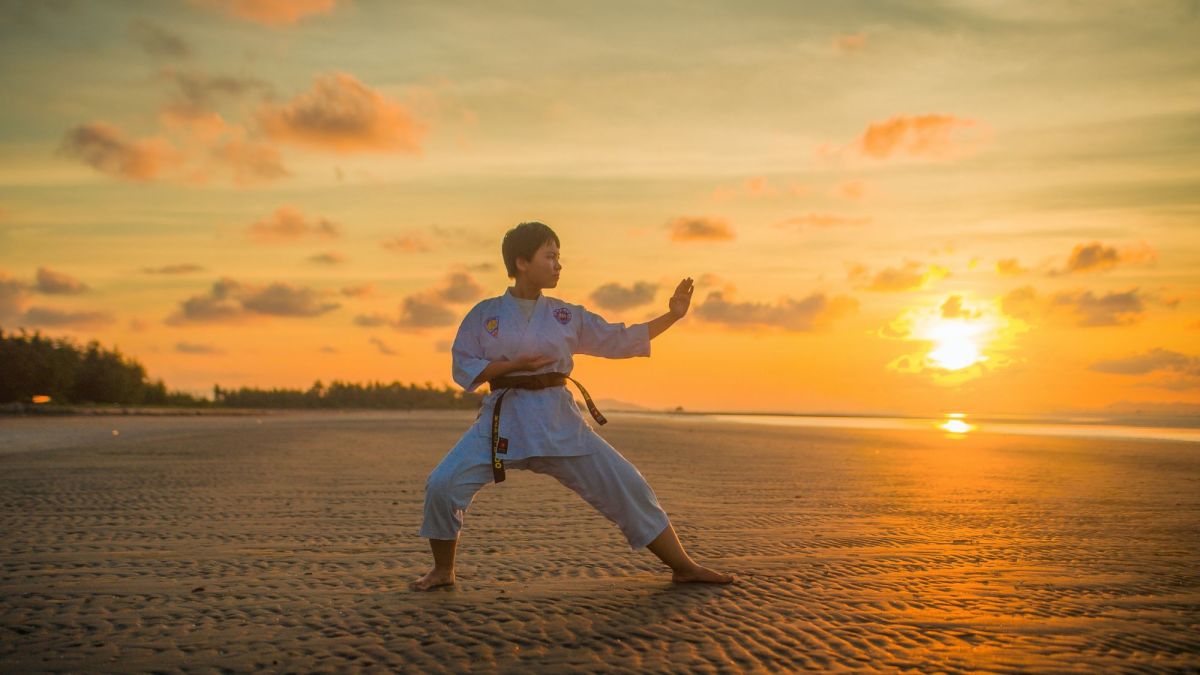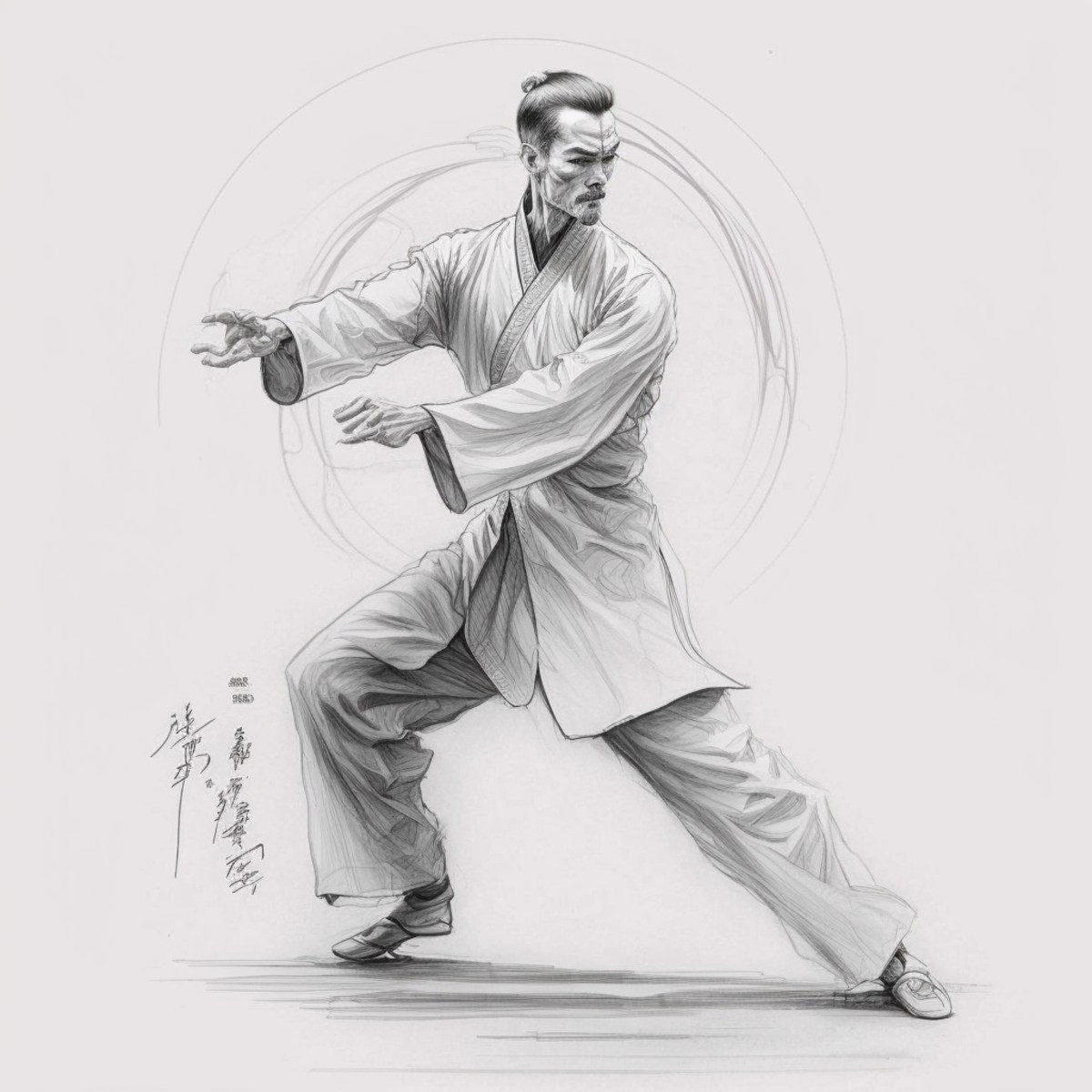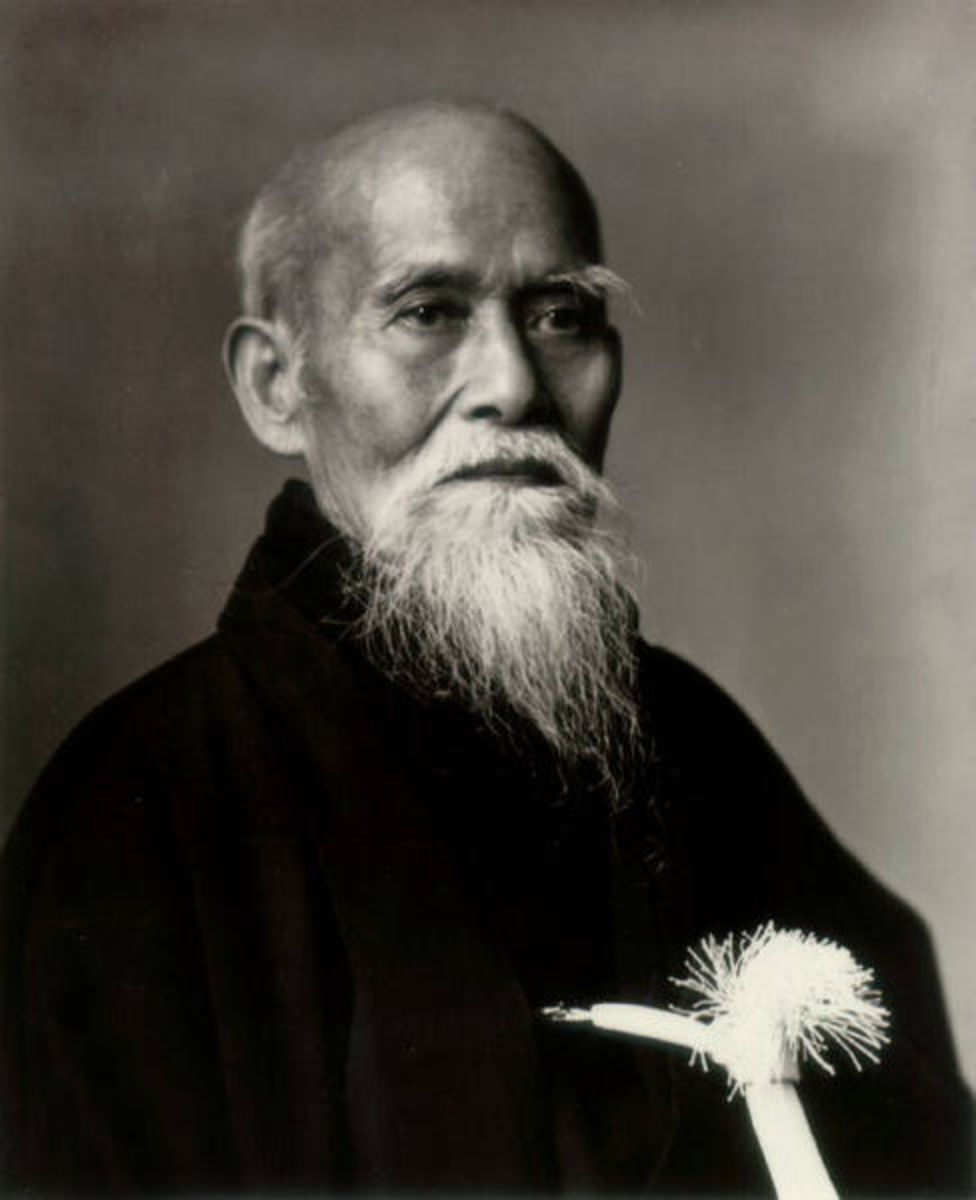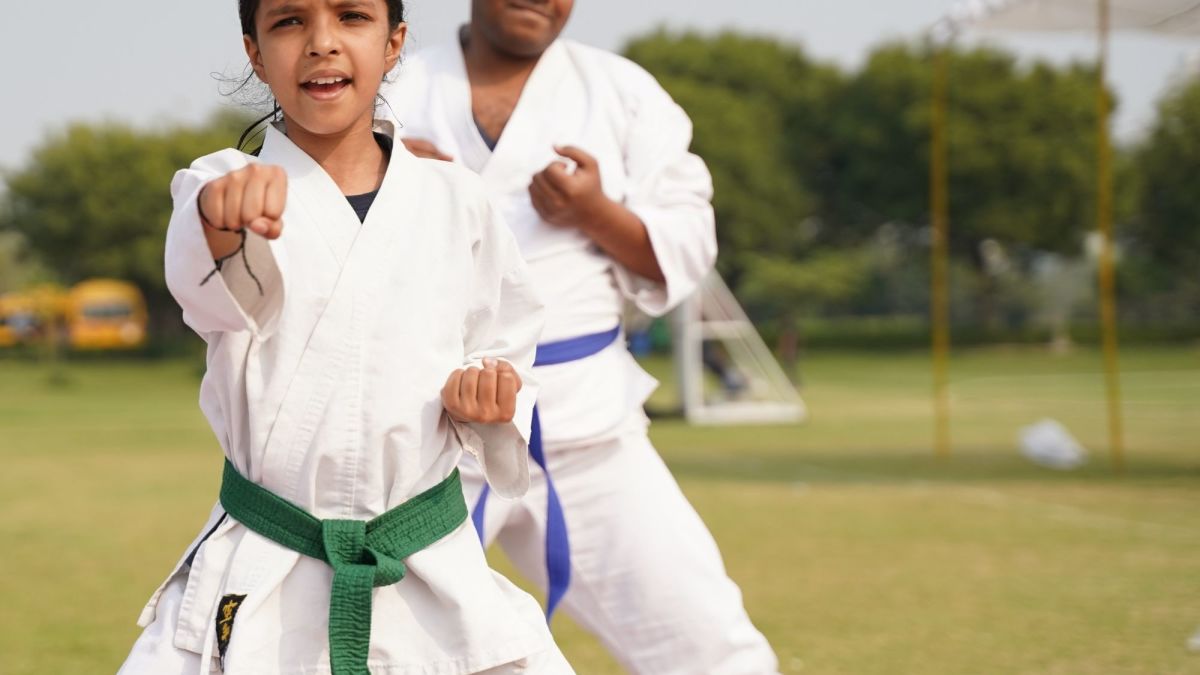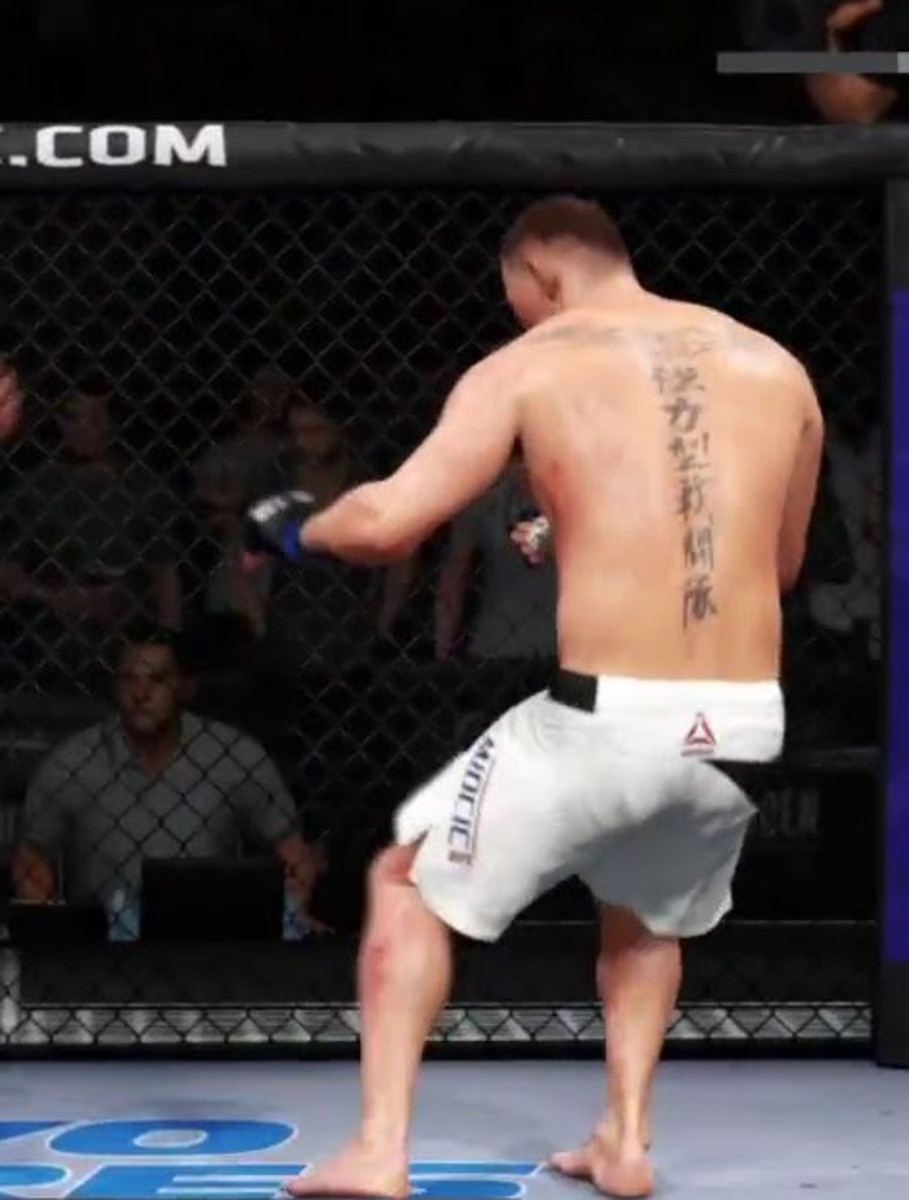How to Choose A Martial Arts Program
My boys have been in martial art instruction for a year now. I have witnessed development in each of them physically and mentally. When I began seeking a school, I wasn't sure what I needed to look for in a school or instructor. After talking with parents and instructors, I have compiled a list of Do's and Don'ts when looking for martial arts instruction. Whether you seek karate, taekwondo, jujutsu or another martial art form, these tips will help you confidently choose the your school.
Impact of Martial Arts
- Impact of Martial Arts Training - Inner Strength Martial Arts
Impact of Martial Arts Training for Inner Strength Martial Arts club.

My Don'ts and Do's of Martial Art School Selection
Don’t: Make a decision about which martial arts program to use without visiting a school.
Do: Observe a class of your child(ren)’s age(s). Watch how the instructors interact with their students. Watch how the students interact with their instructor(s). Does the instructor maintain discipline in a learning environment? Is he/she overly strict, or do they have appropriate discipline/expectation for different age levels? If you are able, observe the black belt class.
Don’t: Only observe your child’s class.
Do: Observe a variety of classes to see the quality and skill/age appropriateness of each class. Does the instructor adjust to the capability of his class? Does ability noticeably increase with advancement of belt? Does discipline of class increase with belt advancement?
Don’t: Leave your “tour” of the school quietly.
Do: Talk with parents. Ask about their experience with the school.
Don’t: Make a decision based solely on price.
Do: Avail yourself to 6-month contract purchases. Research shows that schools offering 6 to 12 month contracts often have better structured, more effective programs than schools only offering month-to-month contracts. Also, something kicks in mentally when you know you have a financial commitment – and you are more likely to attend more classes and follow through the program.
Don’t: Assume that all martial arts instruction are the same. Some schools teach from an Eastern religion foundation, others teach from a military foundation, and some teach as martial arts as simply an art form with many benefits. The different foundations greatly affect classroom setting, curriculum and approach.
Do: Observe the discipline/character development of the program. Which program best undergirds what you endeavor to teach your children at home?
Don’t: Shrug off lack of stretching and warm-ups at the beginning of class. Martial Arts should be approached with the same care as any sport, by preparing your body with stretching prior to instruction.
Do: Observe the diligence of instructors to insure students are learning form and technique correctly. Improper learning takes up to seven times longer to correct, and can cause serious long term injury.
Don’t: Assume that awards and trophies automatically make one a good instructor. While awards and achievement are impressive, and can be important, a good instructor has good relationship with students and parents and other staff. What is the relationship between the Head Instructor and his/her staff? Parents? Students? How is the appearance of all instructors/staff?
Do: Inspect the cleanliness of the school and equipment. Is there padded flooring? Are there punching bags, padded targets? Is the classroom neat?
Don’t: Assume that all belts are created equal. Some schools take a year to advance to the next belt, others may only be a couple of months.
Do: Opt for a school with achievable goals. Children who are able to see reward for their training stick with a program longer. Look for a school which offers “stripes” for mastering technique and form for the lower belts, and which offer testing at least every two to three months. When students are visibly rewarded for effort and are able to reach short term goals, such as belt advancement, they feel satisfied and want to continue to the final goal of black belt with its many degrees.
Also – ask if the school holds in-school tournaments and whether they participate in regional tournaments. Not that all students have to participate – but, tournaments are an excellent avenue for children to be motivated to train as well as to watch more advanced students perform.
Don’t: Be nervous. Don’t let lack of coordination keep you from trying. With effort, you’ll see improvement in your flexibility, strength and natural reflexes.
Do: Have fun! A good school will have students who enjoy instruction time. Yes, there is hard work, but that doesn’t mean there’s not room for enjoyment. A good school offers a healthy balance.


